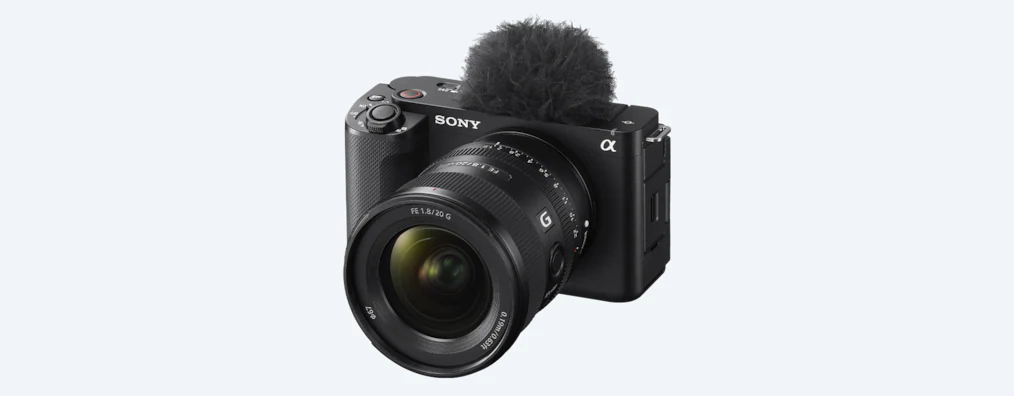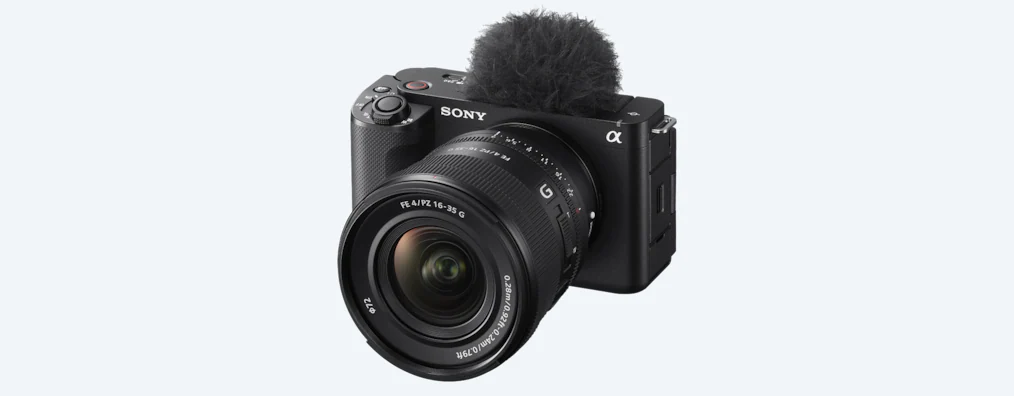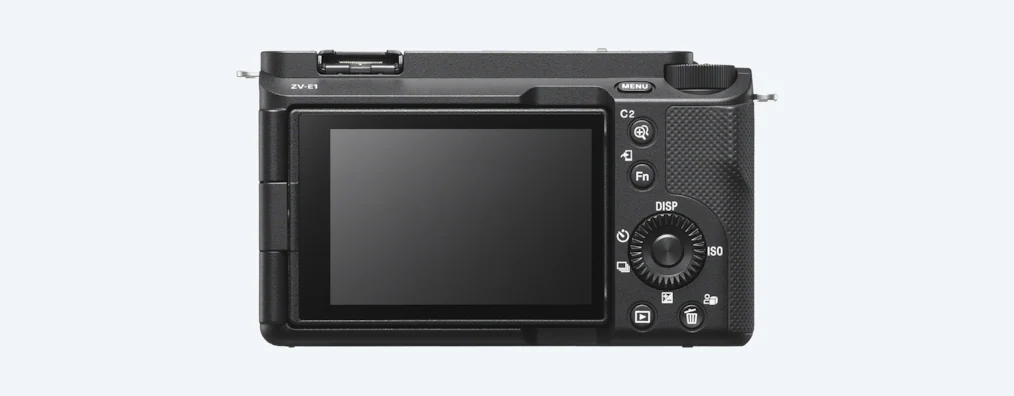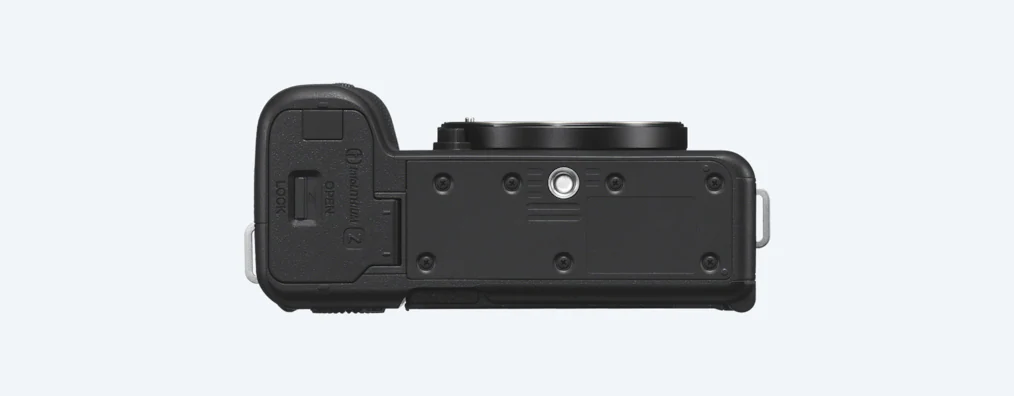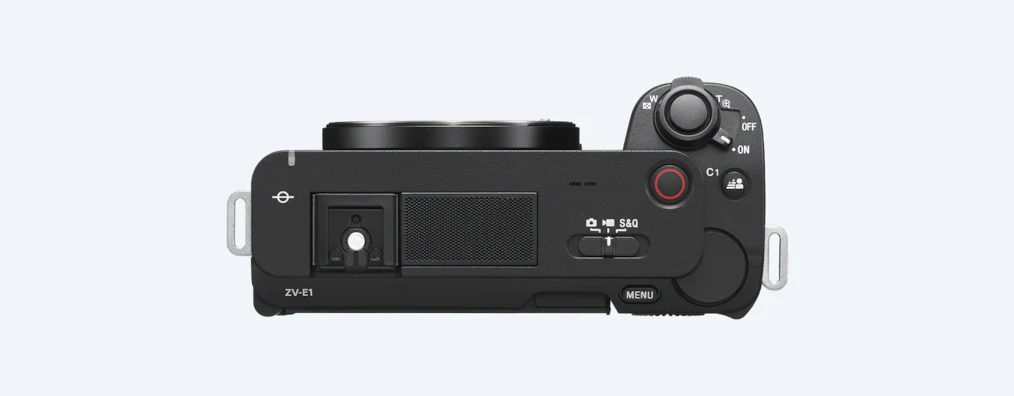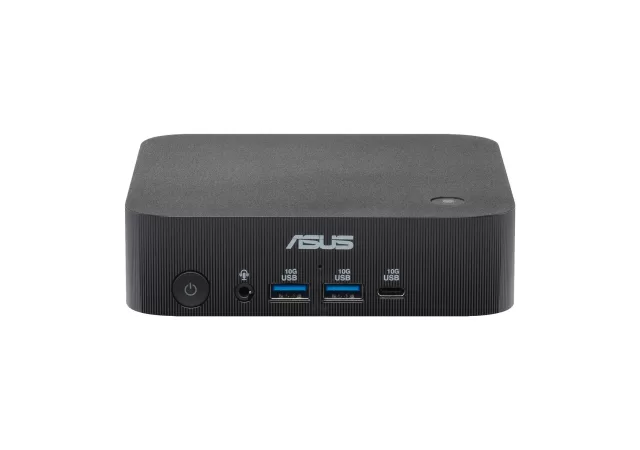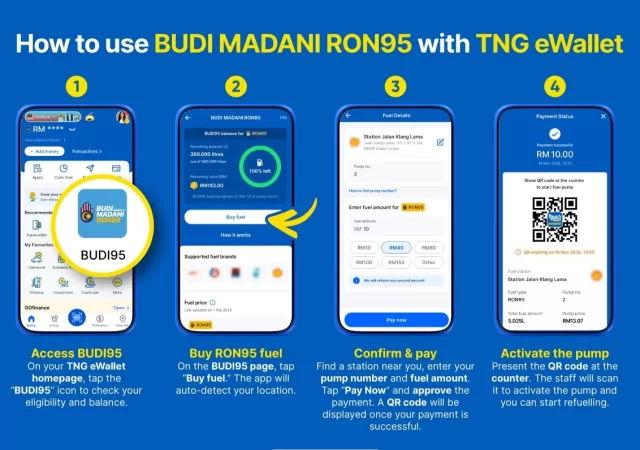Sony’s ZV series of cameras are known to be small, handy devices that you can whip out anywhere and bring anywhere with no fuss to take photos or videos for your social media and vlogging use. They are appealing because they are the size of a compact point-and-shoot but full feature packed for even professional use. What they are not though are full-frame shooters for the discerning photographer, until Sony introduced the ZV-E1 today that is.
The Baby α7S III
In its core is a full-frame sensor, not a 1-inch sensor you find in the ZV-1 and ZV-1F, not an APS-C cropped sensor you get from the α6600, a full fat full-frame sensor you get like the one from the α7 series of cameras. It even packs the same image sensor as Sony’s most modern cameras, the BIONZ XR processor. Both combines to shoot brilliant 12.1-Megapixel photographs and 4K videos at up to 120fps. There is a small caveat for the 120p 4K video recording function though, it is only available in certain regions and you have to manually update your camera’s software to get the function.
The 4K video recording is meant to be brilliant with this camera though. If you know your way around the camera, you can get your ZV-E1 to record 4K videos at S-Cinetone for that extra cinematic quality for your videos or vlogs. Of course, you still get the usual S-Log2 and S-Log3 colour gamut options. You also get 10-bit 4:2:2 colours for your videos, that means you get some of the best-looking videos out there. All of this is recorded without the need for the camera to do pixel binning, which means you get the best unfiltered quality there is for your films. It is not like you need to buy an extra gimbal for yourself too, it comes with a 5-axis in-body image stabilising mechanism alongside dynamic active mode for even more stabilisation when you roll the camera while moving vigorously.
The decision to go with a 12.1-Megapixel sensor could be in part because it is meant to do more videos than photos. It is technically the same sensor as the α7S III, which also means you can expect nearly the same video performance from this ZV-E1. It also means you get a rather admirable low-light video performance for your money. You can push the camera to ISO409600 to make your low-light videos look like it is shot with extra lighting boost. Of course, you want to deal with the noise artifacts in extreme conditions.
Shoot Cinema Quality Videos Out-of-the-Box
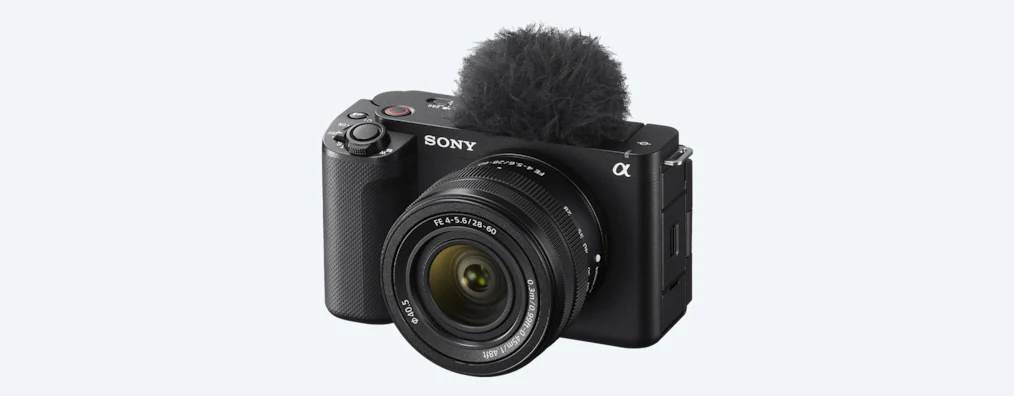
If you are not into setting your camera up manually, this one has something that the α7S III does not have. It has something called the Cinematic Vlog Settings. It automatically sets your camera up to shoot videos at 4K resolution and to the Look or Mood that you want from the selection the camera offers you. You get different sort of ‘Looks’ that emphasise neutral tones, soft colours, and highlights. You have a ‘Moods’ that offers a specific colour saturation and focus. You can even tune the Autofocus speeds in this mode, something only doable manually on the α7S III. All of the footages in this mode is shot at a traditional 24fps and at 2.35:1 Cinemascope aspect ratio for an added cinematic feel. All of these can be done and you do not need to even fire up your video editor, do any colour corrections, or add any colour gamut modes to your videos. Of course, if you want to get a true cinematic look and feel, you want to get down to S-Cinetone and do all the hardwork of colour correcting your footage by hand.
There are also some added AI (artificial intelligence) functions to the camera. With the fast Hybrid AF mechanism, the camera cleverly tracks your subjects and keeps them in focus while you work out everything else around the subject. You have Dynamic active Mode stabilisation that works together with the built-in optical stabiliser to achieve an even more stable footage than before. Then there is also something they call the Auto Framing function for videos. The AI-based function automatically recognises a subject in the frame while recording a video and automatically crops the frame to fit the subject focus and in optimum frame position no matter where the subject moves. You can also do that via the camera’s touch screen or the Creator’s App on any Android or iOS smartphone.
The One-Man Operator
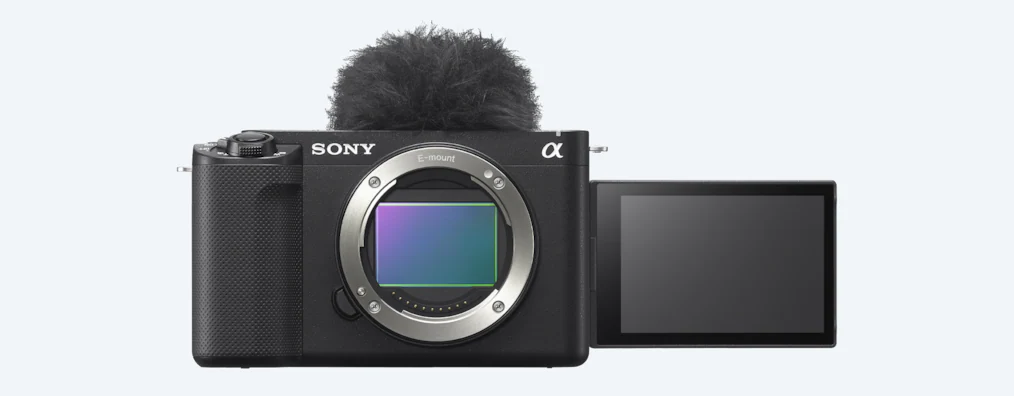
For a one-man operation, this camera is a blessing. There is something called Framing Stabiliser in the camera. It automatically keeps a subject in a constant frame position even when you shoot without a gimbal. You can follow a subject, or even shoot around a subject and your frame stays the same and consistent, which is always a good thing. There is also a Product Showcase setting for when the user wants to showcase or review a product, allowing the camera to quickly switch its focus between the presenter and product as the product comes closer to the lens.
You even get to shoot time-lapse videos out of the box with the ZV-E1. You can set the camera to take photos in 1 second to 60 seconds interval. You do not even need to connect your camera to anything for this, just make sure you have enough battery power to get it through the shoot.
Unlike the α7 series too, there is a zoom lever on the ZV-E1. It not only controls the zoom on compatible lenses, but it also allows you to digitally zoom with your prime lenses. That means you can work with a single lens and still get a variety of shots with the camera. You may not even need to purchase a shotgun mic for your videos with three built-in high-performance microphones. The multiple mic set-up can be set to record videos from all sorts of directions and some can even be used as a noise cancelling mic.
All of these functions and features are packed within a body that only weighs less than half a Kg. Of course, this being an E-mount interchangeable lens camera, the lens you fit on the camera will affect its final weight. But it is still a rather light and compact camera to work with, more so than the α7c. It is in fact Sony’s lightest and most compact full-frame camera to date.
Price and Availability
Sony has not announced the final pricing of the Sony ZV-E1. The compact full-frame shooter will be available in Malaysia from June 2023 onward. For more information on Sony’s latest compact full-frame camera, you can visit their website.



